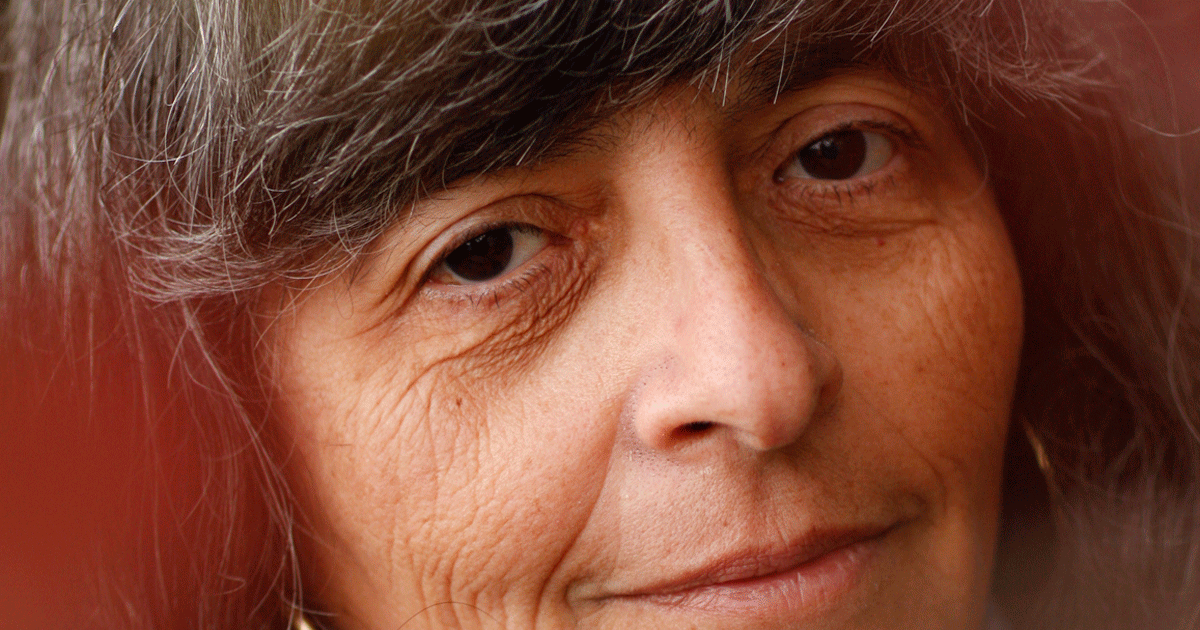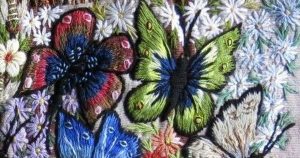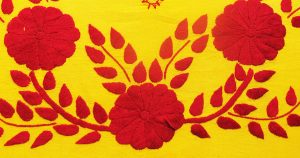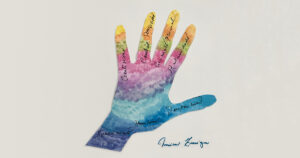
I was going to start with the beginning but I think I need to start with the end. I was not to name her or give any indications that would identify her. Do I tell you that she is Mexican, but also indigenous to North America and by her experiences also an American? Do I tell you that she is female and the recipient of a prestigious scholarship? Do I tell you that she is inspirational, audacious and bold? Or do I allow her to remain in the shadows where she is hidden and not appreciated?
It was a misty morning when I awoke and made the drive to meet her. Driving through the morning commute I thought about the questions I was going to ask her. But there was only one that I could honestly ask above all others. What is your story? Of all the scholarship recepients, I had chosen to interview her. In her essay, the depth of her story rang true to me. Had I been right?
We met in the community college cafeteria. After exchanging pleasantries, we chose a table to sit at. Without hesitation she began to answer my question. At the age of 5 or 6 she began to hear stories about a place that afforded opportunities for work and where there was an abundance of food. Soon her father left to explore that place. Returning after a year, he convinced her mother to join him. During the year that both her parents were away she was forced to live with her strict grandmother. She remembers making tortillas by hand and the swift punishment she received if they were poorly made. After two years she and one of her sisters would go to live in another state with her other grandmother. Her last memory of leaving behind the small village where she was born, is of a littler sister running behind the bus that carried her away. She has not seen this sister since.
Living in another state gave her new found freedom. She learned the Spanish language well enough that it became her second language. She also became aware of the violence she had left behind in her birth village.
“Girls experienced physical violence as a consequence of their indigenous culture and beliefs. Surrounding villagers discriminated against the people of her community based on the way they looked, dressed, what they ate, and their indigenous language.”
After two years, her father returned for her older sister, as there was only enough money to take one of them. But she pleaded to go along and her father agreed to take her to the United States. In the winter of 2002 they made plans to cross the border. With only a long-sleeved shirt, cans of food on her back and a gallon-jug of water in her hands, she began the three-day trek into the U.S. She remembers it being very cold and having no breaks. It felt like an adventure on the first day. By the second day she had a cactus spine in her shoe. She was no longer able to rest (she learned there were other creatures in the desert and it was not as desolate as it had appeared). She felt weak. She was told to run fast if the border patrol should spy them. Next thing she knew she was hearing “Migra!” and running fast. Half the group was caught. She was not.
They were taken by the coyote to a safe house and later squashed into a car. They arrived at her uncle’s house in Arizona and was given a doll that she has to this day. She keeps the doll as a reminder of her journey for a better life.
In Arizona her family picked chiles, onions, watermelon, and cantaloupe. Every summer they migrated to California to pick peas and other crops. They’ve decided to stay in California because of SB 1070 and all the bullies in Arizona. From the age of 12 to now she stills works the fields during the summers. She’s in the Deferred Action for Childhood Arrivals (DACA) process and her heroes are her parents — heroes for their vision and for the sacrifices they have made in search of greater opportunity for their children. She realizes that she and her parents live in two worlds that have opposing views and is grateful for the protection her parents have provided. They have been strict, but she recognizes that this is in response to their having to navigate two very distinct worlds.
She is a runner and is seeking an athletic scholarship to continue schooling beyond community college. Running is her passion and also a metaphor for her life–a tangible way for her to not give up and keep pushing forward. She wants to be a leader in the community. She is considering a nursing career as a concrete way of giving back to her parents and the grandmother back in Mexico who was kind and cared for her.
She worries about her siblings, especially a younger sister struggling with language. This sister was born in the United States and grew up not knowing her indigenous heritage language. Both English and Spanish were spoken in the home, at school and in the community, but she hasn’t had a solid foundation in either, because both languages are new to the people she communicates with.
She finds herself competing with her older sister and recognizes she has gained the confidence to do things as a result of this spirit. She is known as impatient and hurried in her family.
I closed the interview by asking her how she thinks others see her. Her response was, “Strong, not ever giving up. Que toda mi experiencia se nota en mi cara. (That all her experience can be seen in her face).” That she is a serious scholar. “I feel strong, smart, goal-oriented, dedicada and determined. I am a woman warrior.”
Storyteller Albertina Zarazúa Padilla is the Curator for MiHistoria.net





Wow, nice story !
Albertina, you are such a beautiful writer! I hope to contribute something to your site someday!
Marisa